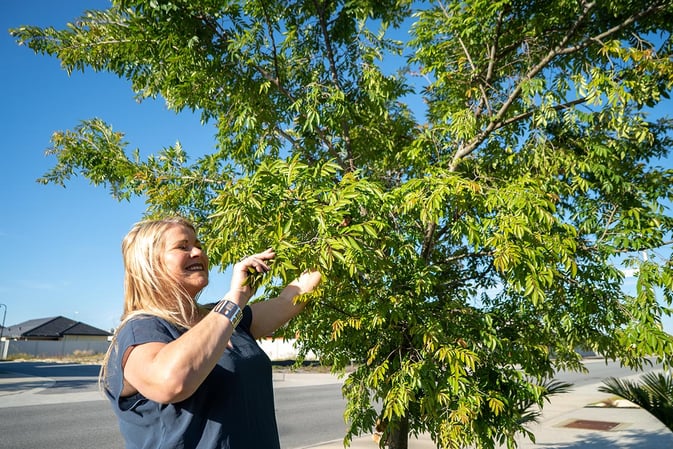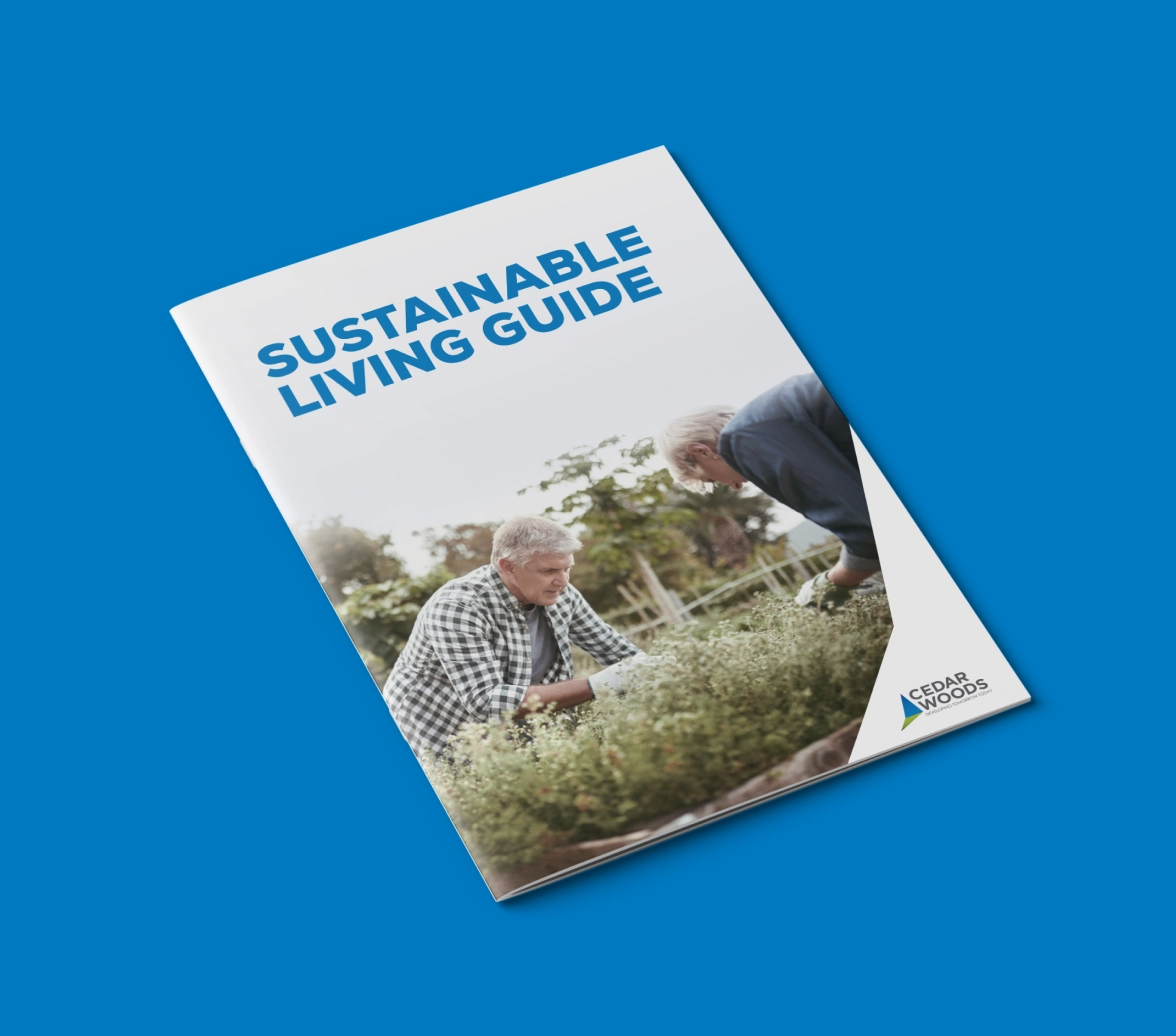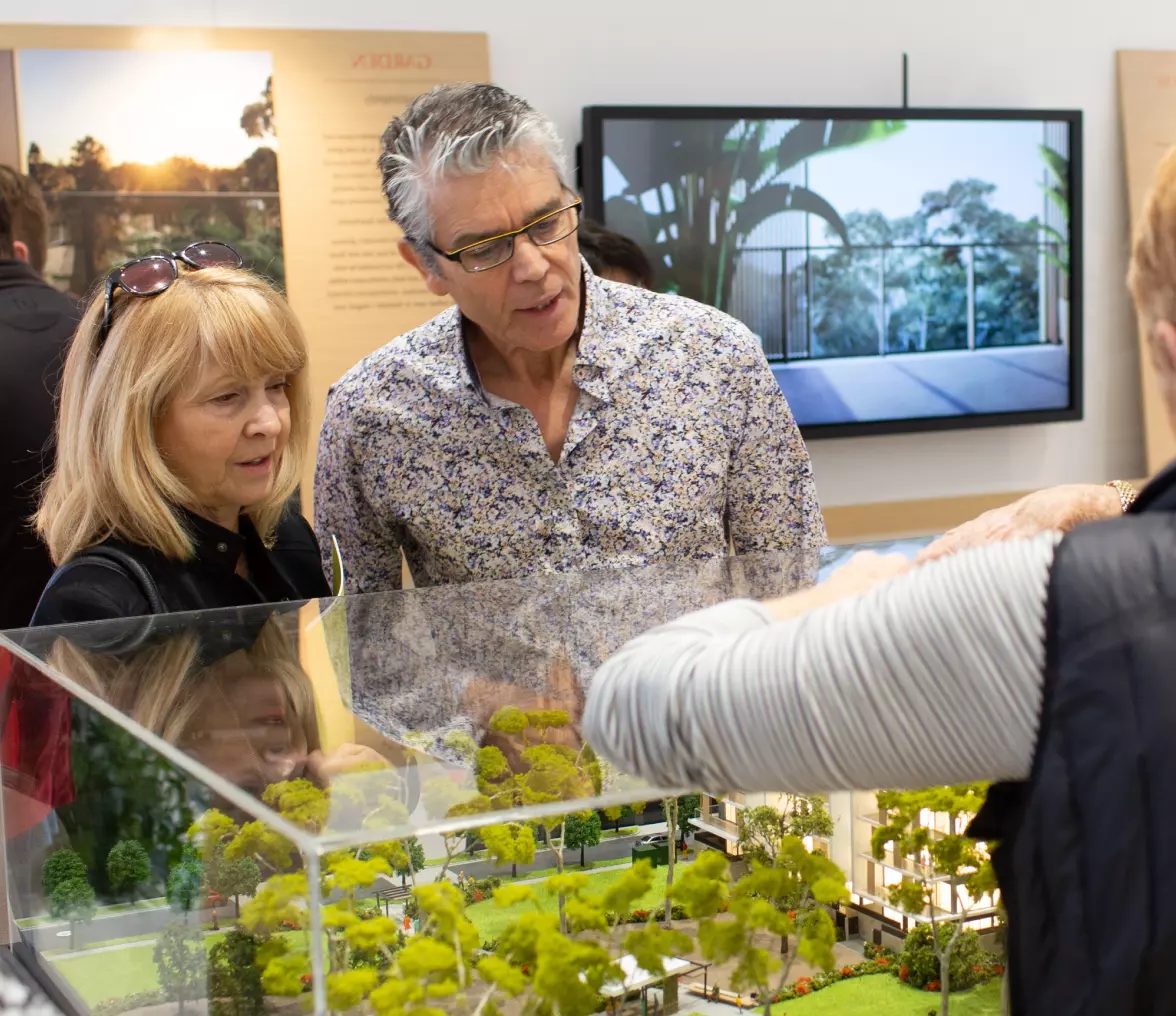Written by

With roughly 25% of Australia’s total carbon emissions coming from the property industry, Local and Federal Government requirements have become a driving force behind the increase in sustainable housing. And, as home buyers become more environmentally aware (and clued up on the associated cost savings and increased quality of life), more and more Australians are choosing new homes built with sustainability in mind. But with terms like net zero, life cycle assessments and embodied energy being thrown around, it’s sometimes difficult to understand the jargon and know what features to look out for in a sustainable home. Here, we outline six key considerations:
1. Environmentally Sustainable Design (ESD)
ESD principles are simple considerations that come into play during the design process, contributing to a more sustainable home. This includes the orientation of living areas to maximise winter sun, natural ventilation, and floor plans that allow for room zoning – meaning areas of the home can be shut off when heating or cooling is needed.
The master-planned community of Ellendale encourages residents and home builders to consider ESD standards and incorporate these in the home design to minimise the impact on the environment, reduce energy use and save on running costs
2. Focus on energy savings and renewables
While the Nationwide Housing Energy Rating Scheme (NatHERS) requires a minimum 7-star rating for all new houses and apartments, homes that are high on sustainability take things a step further with features like solar panels (or provisions for these), motion sensor lights, energy-efficient appliances and smart thermostats.
Cedar Woods’ Monarch Apartments at Glenside in South Australia boast a host of environmentally sustainable features, achieving a 7.7 star NatHERS energy rating. Read more about this development here.
3. EV charging facilities
With zero exhaust pipe emissions, driving an electric vehicle helps reduce our collective carbon footprint, improves the air quality and is much lighter on the wallet too! Incorporating EV charging facilities, like at Glenside, where all apartment car parks are EV Charger ready, makes EV ownership easy and hassle-free.
What’s more, Cedar Woods’ office building at Williams Landing in Victoria also features EV charging stations for tenant use and, EV chargers have also been installed at Cedar Woods’ Huntington Apartments and Aster Apartments at Jackson Green. There’s also a carshare initiative here, which means the residents at Huntington Apartments will be able to hire an electric vehicle by the hour!
4. Water conservation
From greywater systems to rainwater collection tanks, water efficiency additions like specialised shower heads, and smart irrigation can have significant environmental and cost-saving benefits. Our Bushmead estate is an endorsed Waterwise development where each home is designed to reduce water consumption through the use of rainwater tanks, waterwise planting and bore water to achieve significant savings.
5. Low-impact locations
The location of your home -- and how it sits within the natural environment – can have a huge impact on sustainability. Here’s how:
Greenhouse emissions – transport is Australia’s third largest source of greenhouse gas emissions, with cars accounting for approximately half of this. Choosing a home within a Cedar Woods purpose-built residential development – where everything is readily on hand or easily accessible by public transport – will reduce your impacts and save you on car-related expenses.
Preservation of the natural environment –developments like Ellendale that work with the existing natural environment (retaining 40% of the site as green space) protect and preserve ecological balance. The project has focussed on rehabilitating nature corridors, with the relocation of native plants and more than 180,000 new trees, shrubs and groundcovers being planted.
6. Sustainable construction practices
Fixtures and physical attributes aside, partnering with a reputable developer like Cedar Woods that evolves in response to the changing landscape can mean your new home is constructed with a focus on waste reduction and mindfully sought materials. For example, Bushmead Estate in WA incorporates a minimum of 20% reused, recycled, or renewable materials in construction and 60% of construction and demolition waste has been reused or recycled.
In addition, specialised building materials can be used, such as sustainably sourced and renewable products like timber, heat-resistant windows and doors and carbon-neutral concrete.
Choosing a developer that's committed to the environment
Cedar Woods has a longstanding commitment to environmental and social responsibility that shines through in the homes and communities created. This commitment extends to helping Australian home buyers understand how they can play their part in living more sustainably – which is why we’ve partnered with Living Key to create a Sustainable Living Guide. It’s packed with practical suggestions, actions to take, and advice on building a more sustainable home and lifestyle. Download it now.
*Disclaimer: The information used in this document is indicative only and may not represent the final detail or accurately represent personal circumstances of each person. Cedar Woods gives no warranty concerning the accuracy of the material or information displayed in this blog. Prospective buyers should make their own enquiries and rely on their own investigations and independent advice. All information in this blog is subject to Terms of Use accessible at www.cedarwoods.com.au/Terms-of-Use.




.jpg?width=345&name=1165_Lowres%20(2).jpg)
